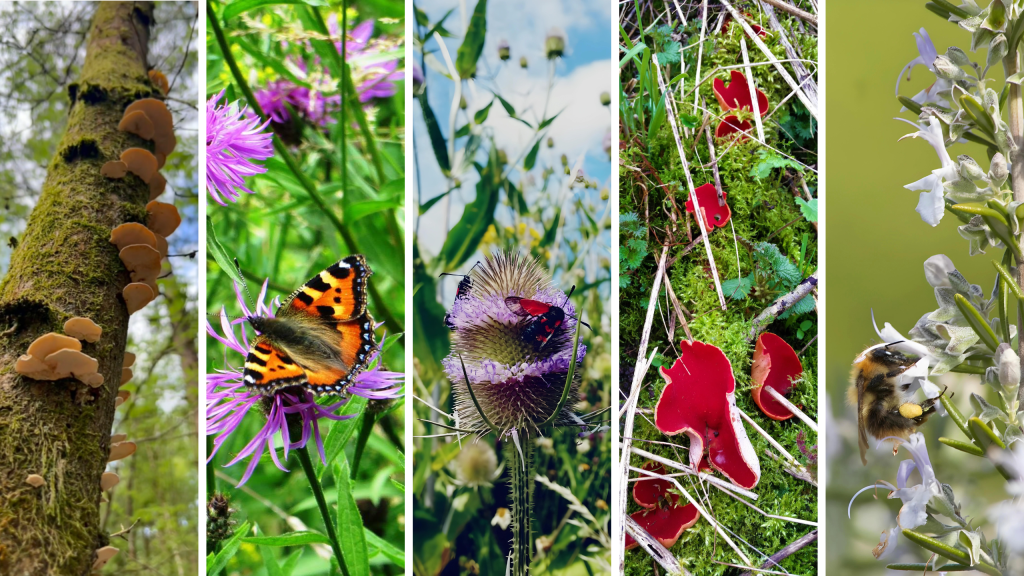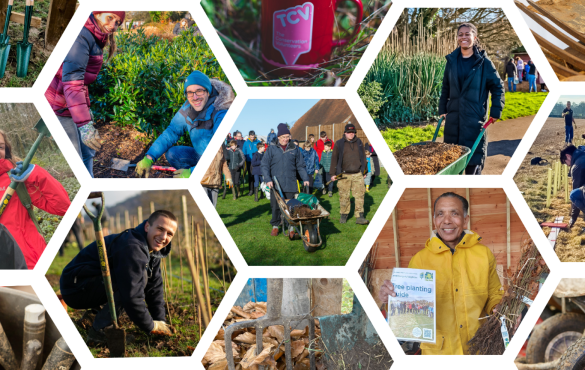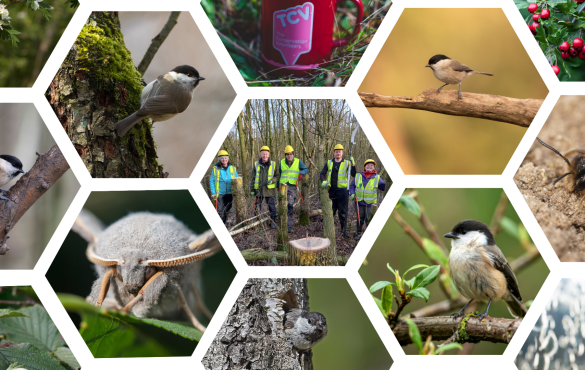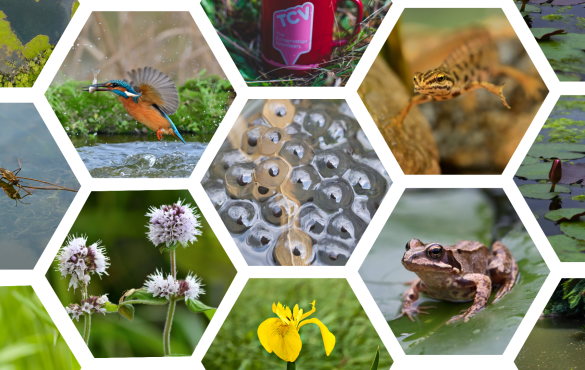At TCV, we believe that better nature for all starts with small, local actions – and gardens are one of the most powerful places to begin. As part of our strategy to protect and restore biodiversity, we’re encouraging people to embrace nature-rich, slightly wild spaces that support pollinators, birds, amphibians, and more. Whether it’s a log pile or a patch of long grass, these features help connect people to nature, improve wellbeing, and create thriving habitats in even the most urban or overlooked corners of the UK.
Did you know there are an estimated 23 million gardens in the UK? The total area covered by these private gardens is estimated to be around 433,000 hectares. Which means we can collectively make a big difference for biodiversity, with small adjustments to attract and support an array of wildlife. By making them, you are breathing life into your neighbourhood – and it won’t take long to start noticing the results.
Wildlife-friendly gardening isn’t about perfection – it’s about purpose. These 10 “untidy” features offer vital shelter, food, and breeding grounds for birds, invertebrates, amphibians, and mammals. And the tips and further info below are a great conversation-starter with the neighbours!
1. Log Piles
Dead good dead wood is a biodiversity hotspot! A simple pile of logs can quickly become a flourishing wildlife community. It’s one of the most effective features you can add to a garden, school ground, or community green space.
A log pile supports:
- Hundreds of invertebrate species, including beetles, woodlice, centipedes, and spiders – which in turn become tasty morsels for birds like woodpeckers, treecreepers and nuthatches.
- Amphibians and small mammals such as frogs, newts, toads, and hedgehogs. Log piles offer damp, sheltered crevices for hiding, hunting, and hibernating.
Stats and info:
- In the UK, around 2,000 invertebrate species are saproxylic – which means they depend on dead or decaying wood for at least part of their life cycle.
- Stag beetle larvae live in dead wood for up to six years before emerging as adults.
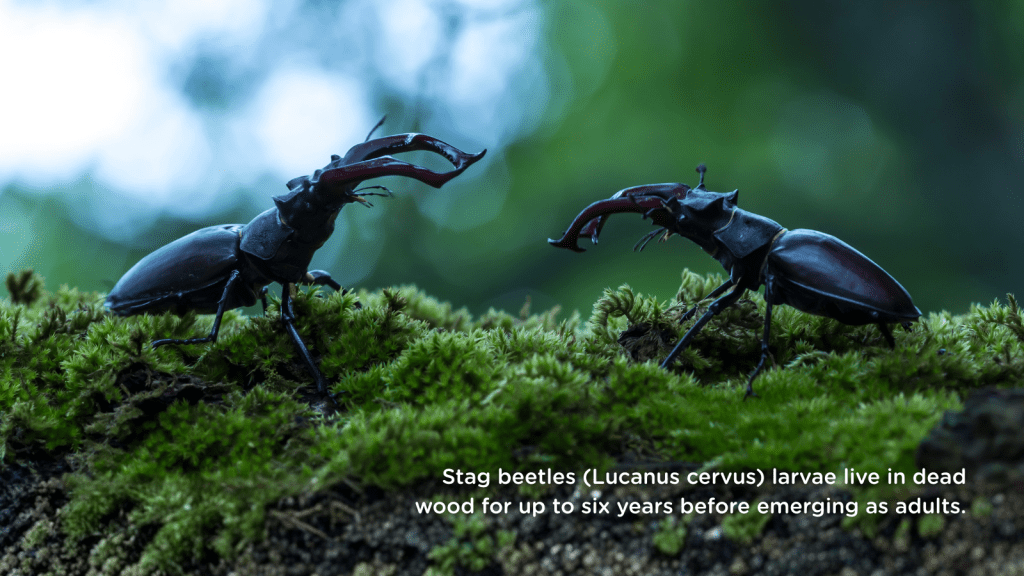
2. Leaf Litter
Nature’s blanket – rich in life and vital for soil health. Leaf litter is often seen as garden waste, but it’s actually one of the most ecologically valuable layers in any green space.
Leaf litter supports:
- Invertebrates such as woodlice, millipedes, and springtails, which break down organic matter and recycle nutrients.
- Amphibians like toads, newts and frogs use leaf litter for finding food shelter and overwintering.
- Hedgehogs build nests in leaf piles for hibernation.
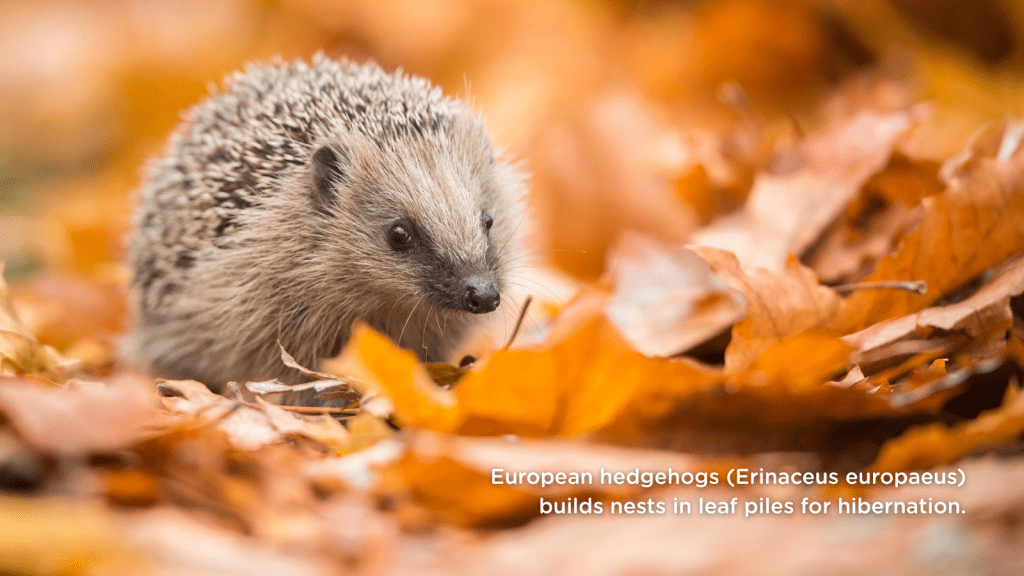
Stats and info:
- Leaf litter supports butterflies in diapause and hedgehogs in hibernation.
- Woodlice and fungi help recycle nutrients back into the soil.
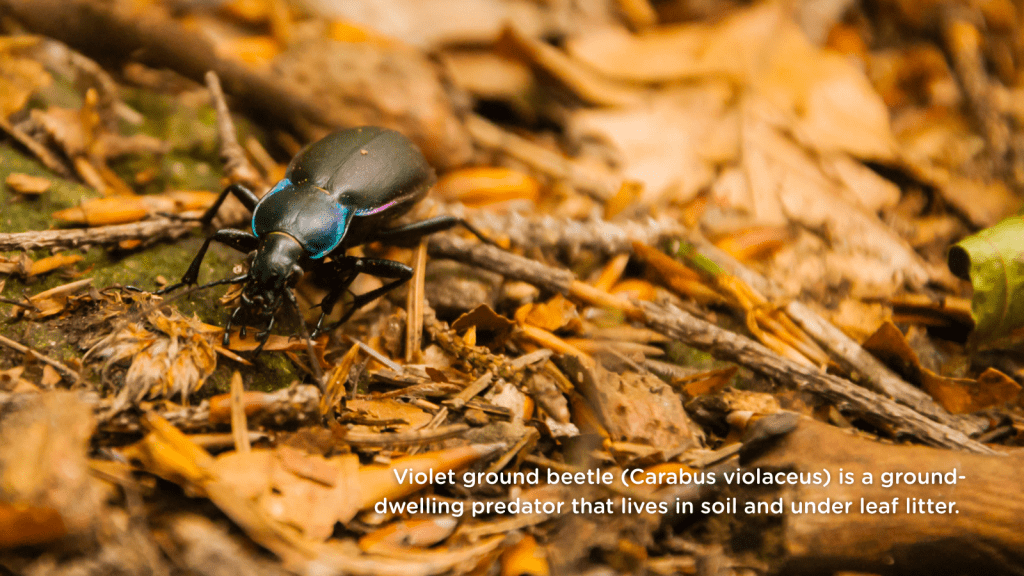
3. Unmown Grass
Let it grow – long grass is essentially a mini-meadow. Leaving patches of grass to grow long creates a rich habitat for insects, birds, and small mammals.
Meadows support:
- Caterpillars of butterflies and moths feed on grasses like red fescue and cock’s-foot.
- Moths shelter in grass tussocks over winter.
- Mowing can kill caterpillars and destroy their food source.
- Pollinators, such as solitary bees and hoverflies, use wildflowers like knapweed, buttercups, lesser celandine and dandelions as nectar feeding stations.
Stats and info:
- Gardens with long grass in arable areas saw up to 93% more butterflies, and 18% more in urban areas. Find out more from Butterfly Conservation here.
- Lawns mown every 6 to 12 weeks had over 170% more pollinators than those mown every two weeks, and significantly higher floral species richness.
Find out more from Conservation Evidence here.
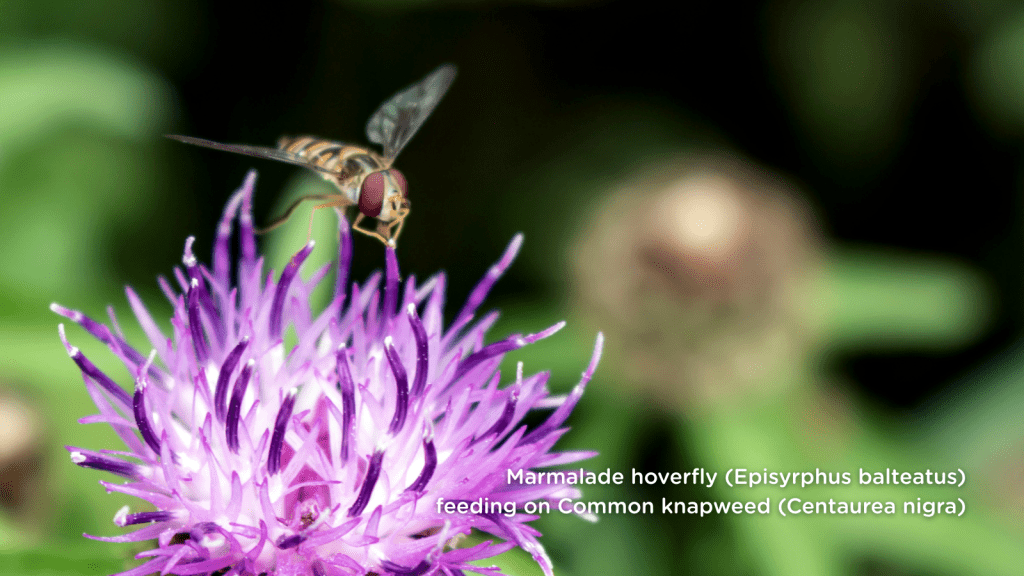
4. Weedy Corners (Nettles & Brambles)
Wild patches provide vital food and shelter. These “weeds” are ecological goldmines.
A weedy corner supports:
- Nettles feed caterpillars of peacock, comma, and small tortoiseshell butterflies.
- Ladybirds feast on aphids among nettles.
- Brambles provide nectar, berries, and nesting cover for birds and mammals.
Stats and info:
- Nettles support over 40 insect species, including butterflies like the Peacock, Small Tortoiseshell, and Red Admiral, as well as numerous moths, aphids, and ladybirds.
- UK gardens offer more potential space for nature than all National Nature Reserves combined.
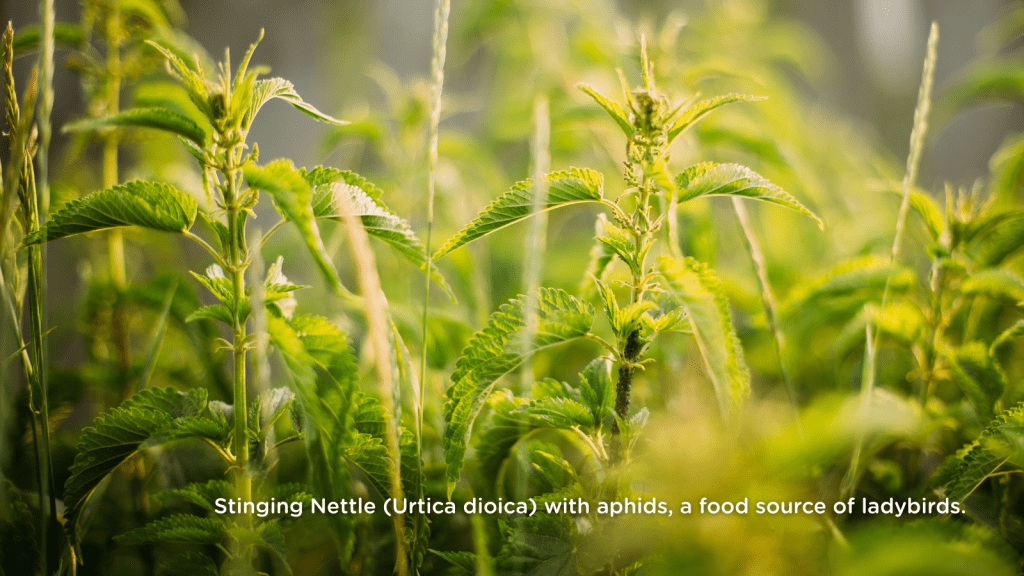
5. Compost Heaps
Often seen as just a way to recycle garden waste, compost heaps are actually thriving microhabitats. Their warmth, moisture, and organic matter attract a wide range of species, making them one of the most biodiverse features you can add to a garden.
What a compost heap supports:
- Slow worms, grass snakes, frogs, and hedgehogs use compost heaps for shelter and breeding.
- Invertebrates like worms and beetles thrive in decomposing matter and then become a food source for birds and small mammals.
Tips:
- Compost heaps generate heat, creating frost-free refuges for overwintering wildlife.
- Compost heaps support both decomposers and the predators that feed on them.
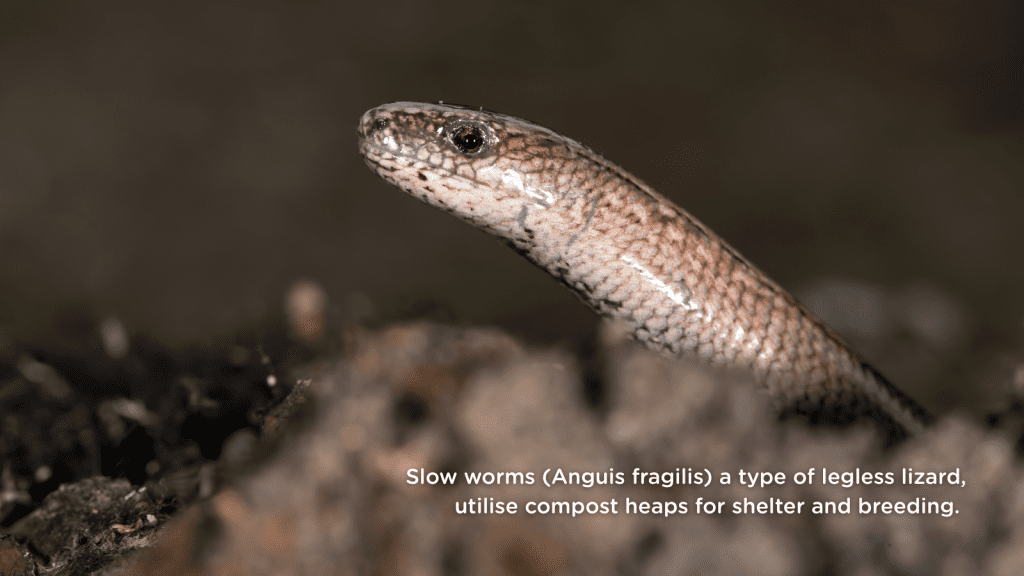
6. Stone Piles
Cool, crevice-rich and full of shelter – stone piles mimic natural rocky habitats. Often overlooked, a simple pile of stones can provide essential refuge for a wide range of garden wildlife. These structures offer dry, shaded, and thermally stable microhabitats that support species needing protection from predators and extreme weather.
What a stone pile supports:
- Amphibians and reptiles like frogs, newts, and common lizards.
- Insects and spiders shelter in crevices.
Tips:
- Build south-facing rockeries for basking reptiles.
- Use excavated soil from pond digging to create sunny banks with rocks embedded into it.
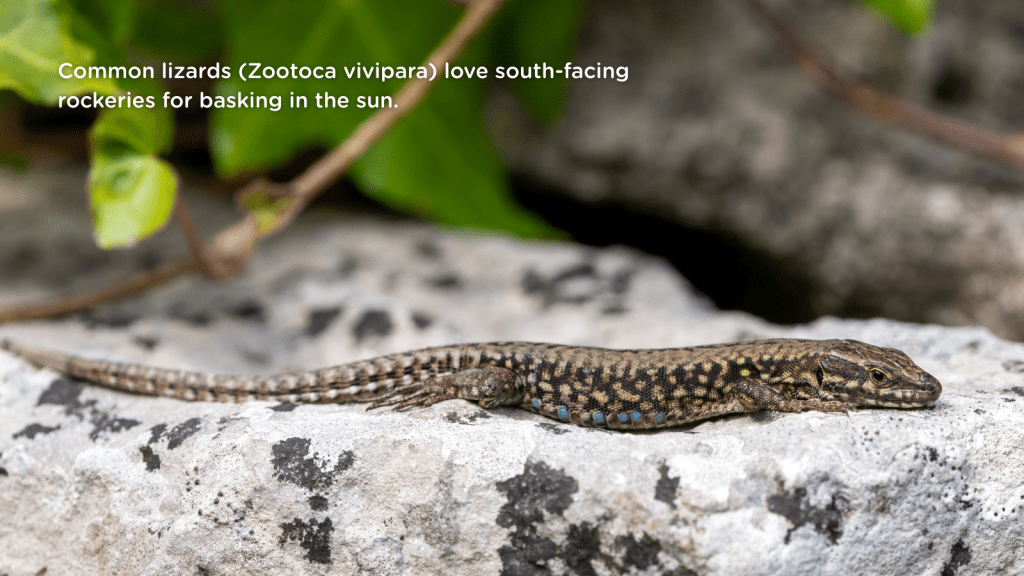
7. Overgrown Hedges
Thick, tangled and teeming with life – hedges are highways for wildlife. When left to grow naturally, hedges become vital corridors and nesting grounds for birds, mammals, and insects. They offer year-round shelter, food, and safe passage through gardens and green spaces, especially in urban areas where connectivity between habitats is limited.
What an overgrown hedge supports:
- Birds like robins, dunnocks, blackbirds, and thrushes nest in dense hedges.
- Hedgehogs and small mammals use hedges as corridors to move safely between feeding and nesting areas.
Tips:
- Cutting should be avoided between March and August to protect nesting birds.
- Hedges provide berries, nuts, and nectar for birds and insects, supporting biodiversity throughout the seasons.
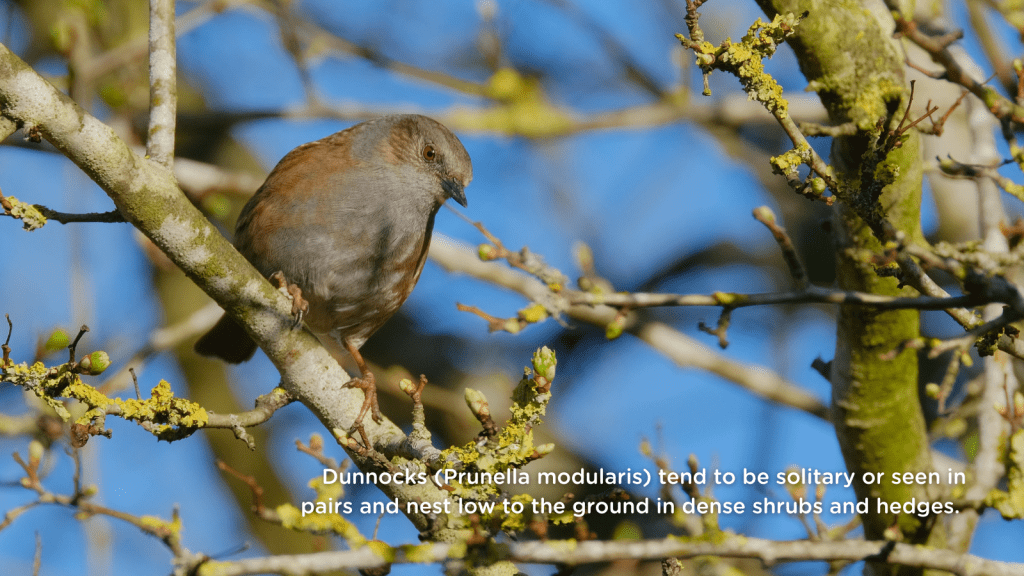
8. Untidy Pond Edges
Messy margins at pond edges are biodiversity hotspots. A well-designed pond is one of the most wildlife-rich features in any garden, and untidy, vegetated edges make it truly valuable for biodiversity increasing efforts. These areas provide shelter, breeding grounds, and feeding opportunities for a wide range of species, from amphibians and insects to birds and mammals.
What pond edges support:
- Frogs, dragonflies, and newts breed in shallow margins and hide among native plants.
- Birds and mammals forage and drink safely from the cover of reeds and grasses.
Stats:
- Two-thirds of UK freshwater species can be found in ponds.
- 50% of UK ponds were lost in the 20th century, making garden ponds increasingly important for conservation.
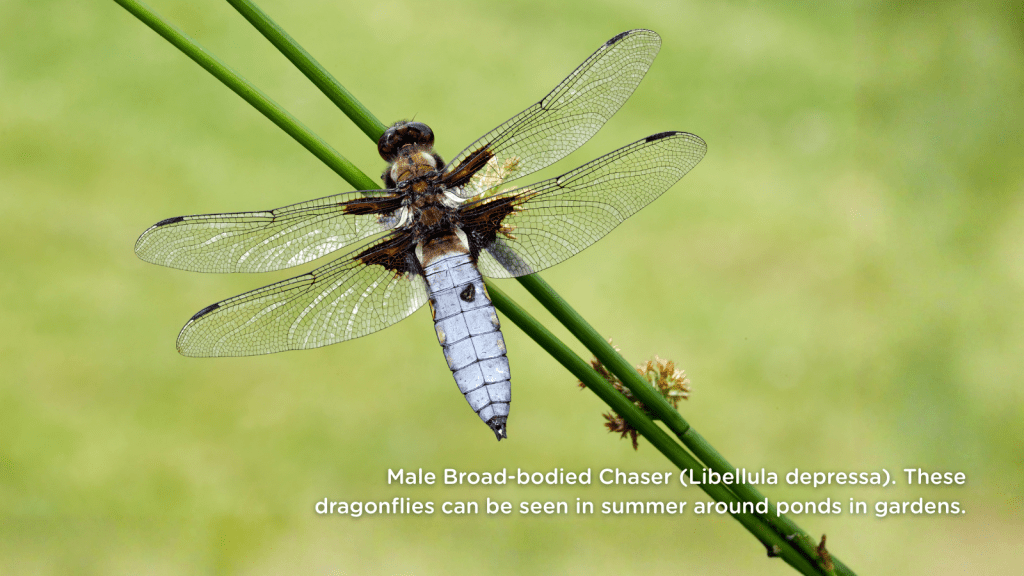
9. Seed Heads Left Standing
Standing tall through winter, seed heads feed and shelter wildlife. While it’s tempting to tidy up fading flowers, leaving seed heads in place offers vital resources for wildlife during the colder months. These structures provide food for birds, shelter for insects, and visual interest in the garden when everything else has died back.
What wildlife seed heads support:
- Goldfinches, chaffinches, and sparrows feed on seeds from teasel, echinacea, and rudbeckia.
- Ladybirds and other insects shelter in seedheads, using them to overwinter safely.
Tips:
- Cut back a little later in spring to allow overwintering insects to emerge.
- Group seed-bearing plants together to create a reliable winter food source.
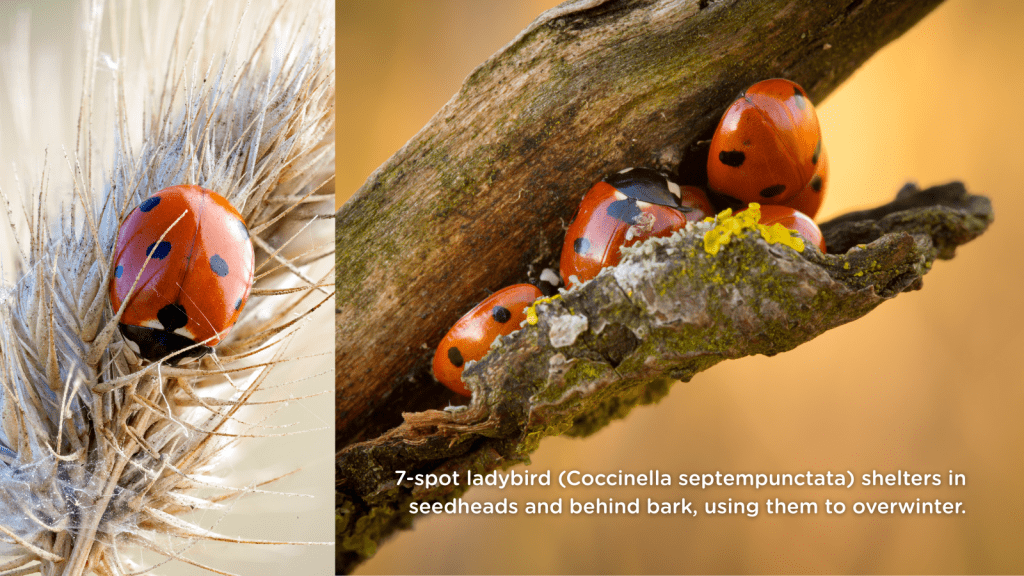
10. Old Flower Stalks
Dry, hollow and full of potential. When left standing, the hollow stems of herbaceous plants become valuable overwintering and nesting habitats for insects, especially solitary bees. These stalks also provide shelter for ladybirds, spiders and other beneficial species, helping to maintain a healthy garden ecosystem through the colder months.
What old flower stalks support:
- Red mason bees and leafcutter bees nest in hollow stems (such as artichoke or sunflower), laying eggs that hatch the following spring.
- Overwintering insects such as ladybirds and lacewings shelter in dried stalks.
Tips:
- Leave stems at 30-45cm over winter. Or stalks can be left stacked in a corner or near a compost heap when cut back.
- Avoid tidying until spring to protect overwintering larvae and emerging pollinators.
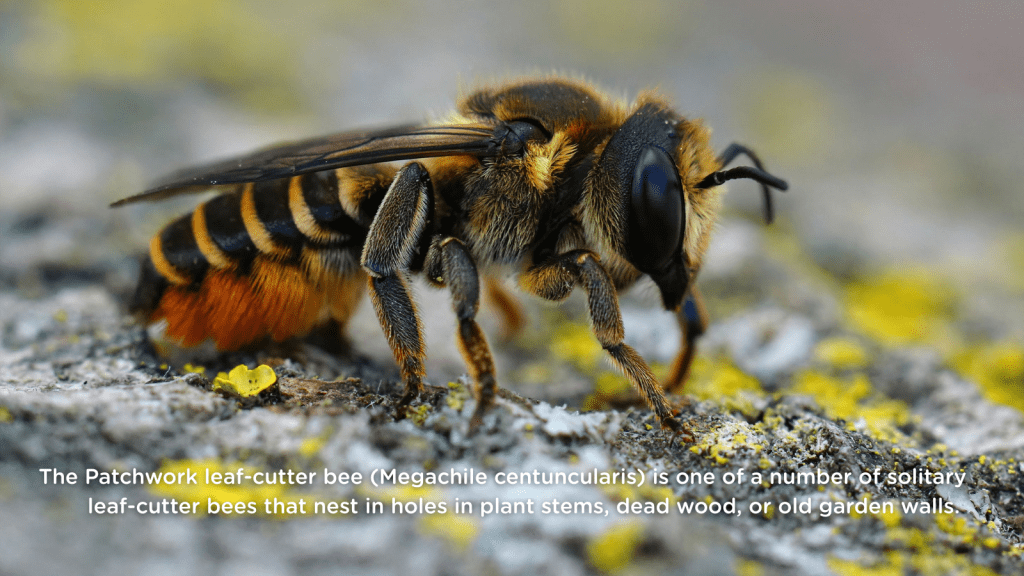
All these features support biodiversity, improve soil health, and create resilient ecosystems. They’re low-cost, low-effort, and high-impact – ideal for gardens, school grounds, and community green spaces.
Further Reading
Want to go on a deeper dive and take your biodiversity gardening knowledge to the next level? Explore these fantastic expert resources for practical tips and science-backed advice on creating wildlife-friendly gardens:
Dead wood and compost habitats – from the RHS: https://www.rhs.org.uk/wildlife/dead-wood-compost-heap-habitats
How to make a log pile – from the Natural History Museum: https://www.nhm.ac.uk/discover/how-to-make-a-log-pile-to-provide-shelter-for-garden-wildlife.html
Why leaf litter matters – from the Lancashire Wildlife Trust: https://www.lancswt.org.uk/blog/lancashire-wildlife-trust/why-leaf-litter-so-important-wildlife
Stinging nettles for wildlife – from The Wildlife Trusts: https://www.wildlifetrusts.org/wildlife-explorer/wildflowers/stinging-nettle
Compost heaps as habitats – from The London Wildlife Trust: https://www.wildlondon.org.uk/actions/how-compost-your-waste
Log piles and rockeries – from Froglife: https://www.froglife.org/info-advice/log-piles-and-rockeries
Grow a hedge for nature – from the RSPB: https://www.rspb.org.uk/helping-nature/what-you-can-do/activities/grow-a-hedge
Garden ponds and biodiversity – from the Freshwater Habitats Trust: https://freshwaterhabitats.org.uk/habitats/ponds
Leave seed heads standing – from the RSPB: https://www.rspb.org.uk/helping-nature/what-you-can-do/activities/leave-seedheads-standing
Gardening for solitary bees – from Buglife: https://www.buglife.org.uk/blog/gardening-for-solitary-bees
Get Involved with TCV
Like what you’ve read? Please share this blog with fellow gardeners, green space managers, neighbours and volunteers. The infographic below will help you to share on social media. The more people who follow these tips, the greater benefit for UK wildlife – creating better nature for all!

Keep up to date with the latest news and activities from The Conservation Volunteers by following us on Facebook, LinkedIn, Instagram, BlueSky and YouTube.
You can also sign up to receive TCV’s Greenzine e-newsletter for more ways to get involved.
TCV is active across most of the UK: Click here to find your nearest office or activity
